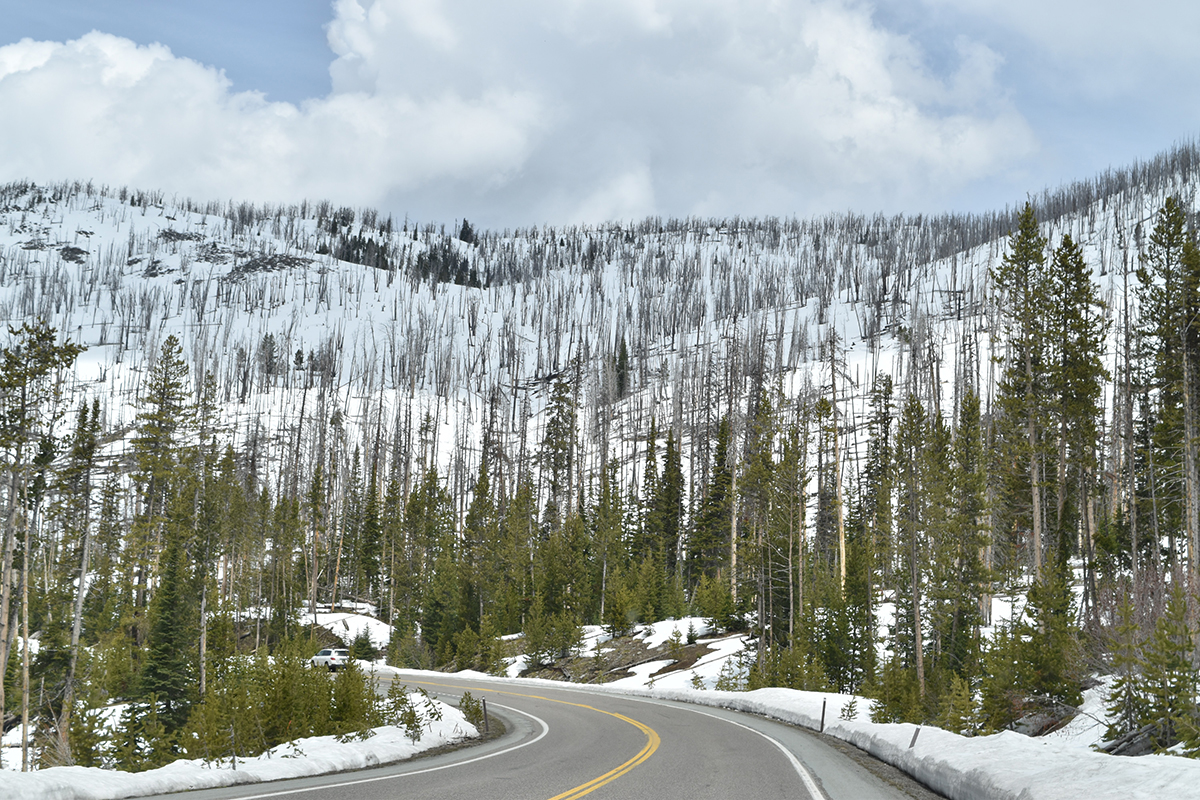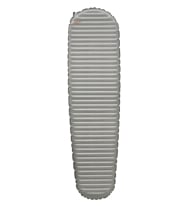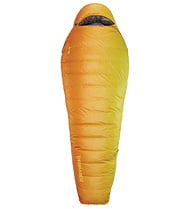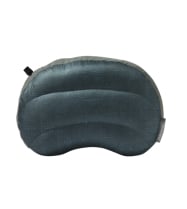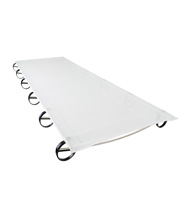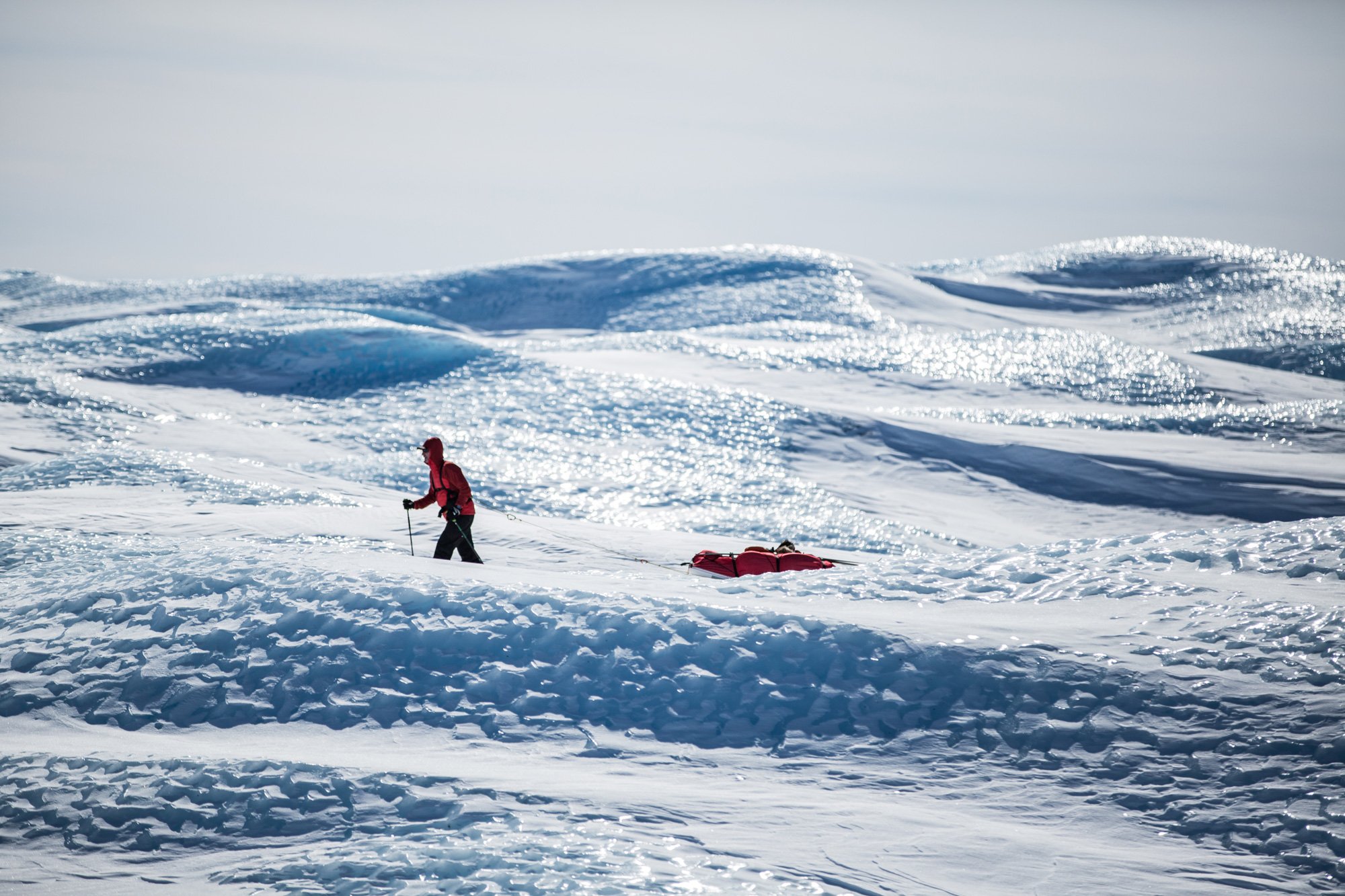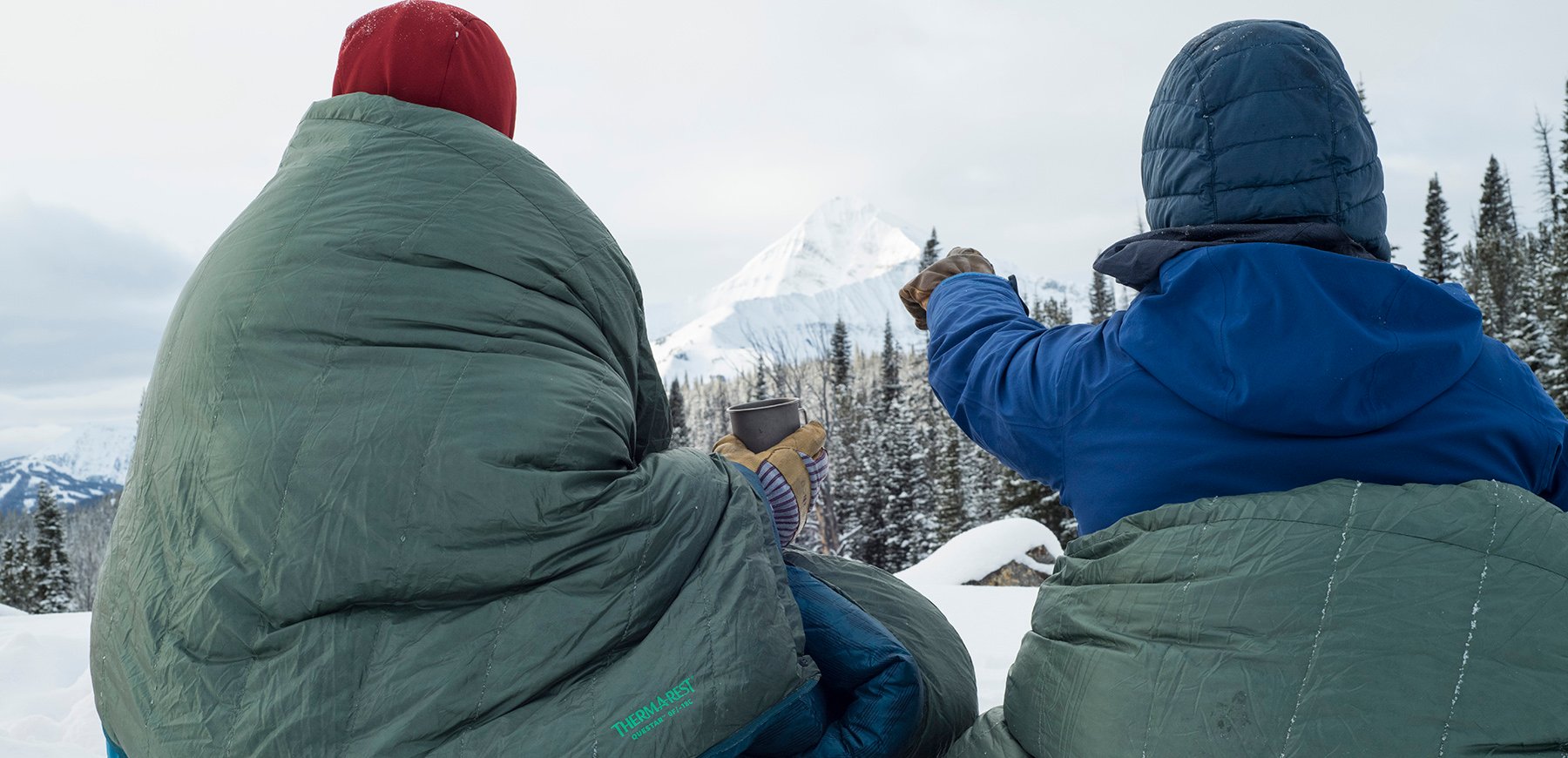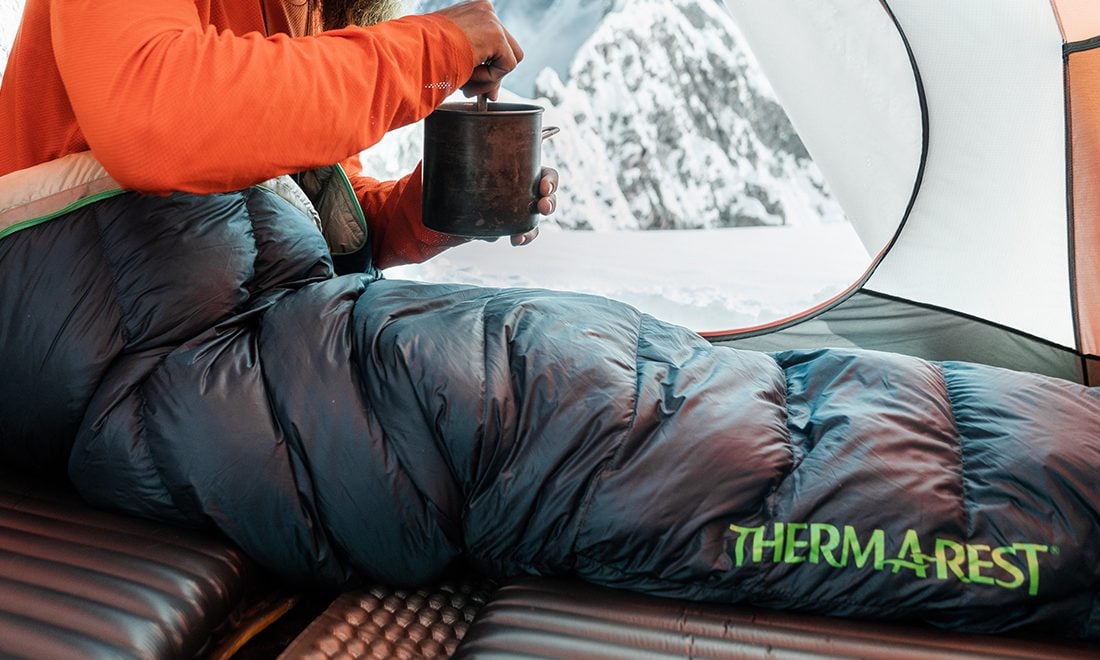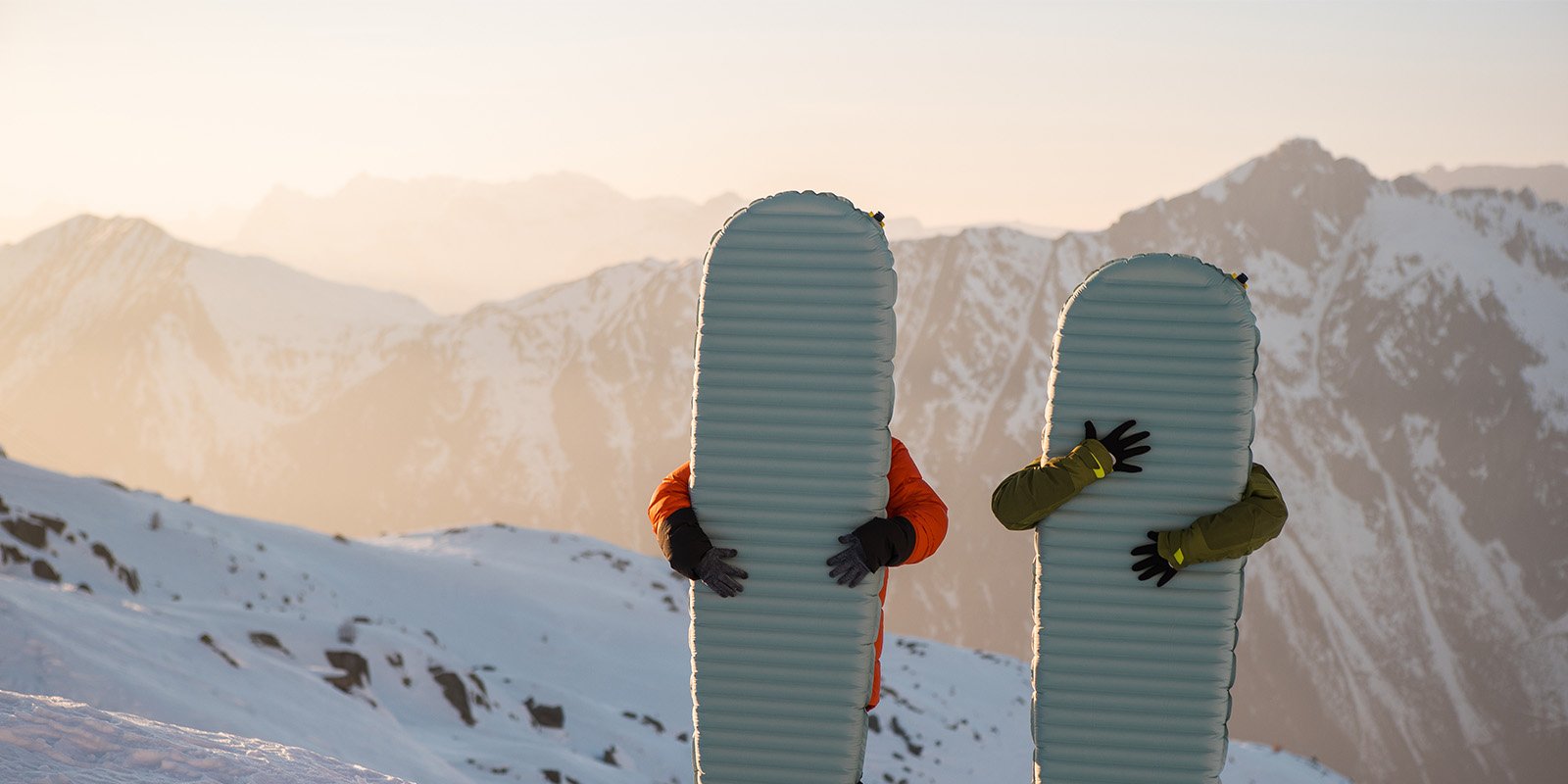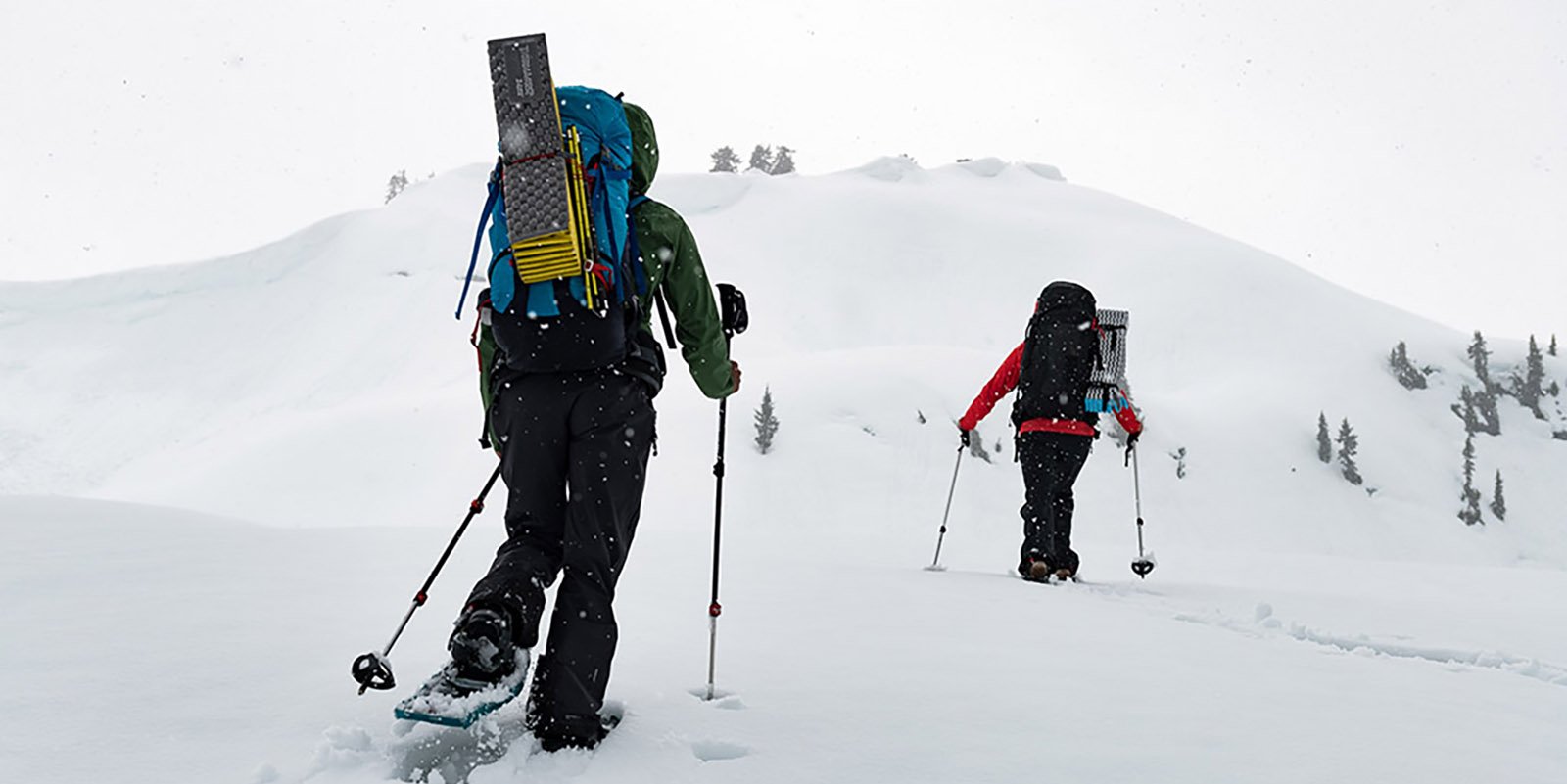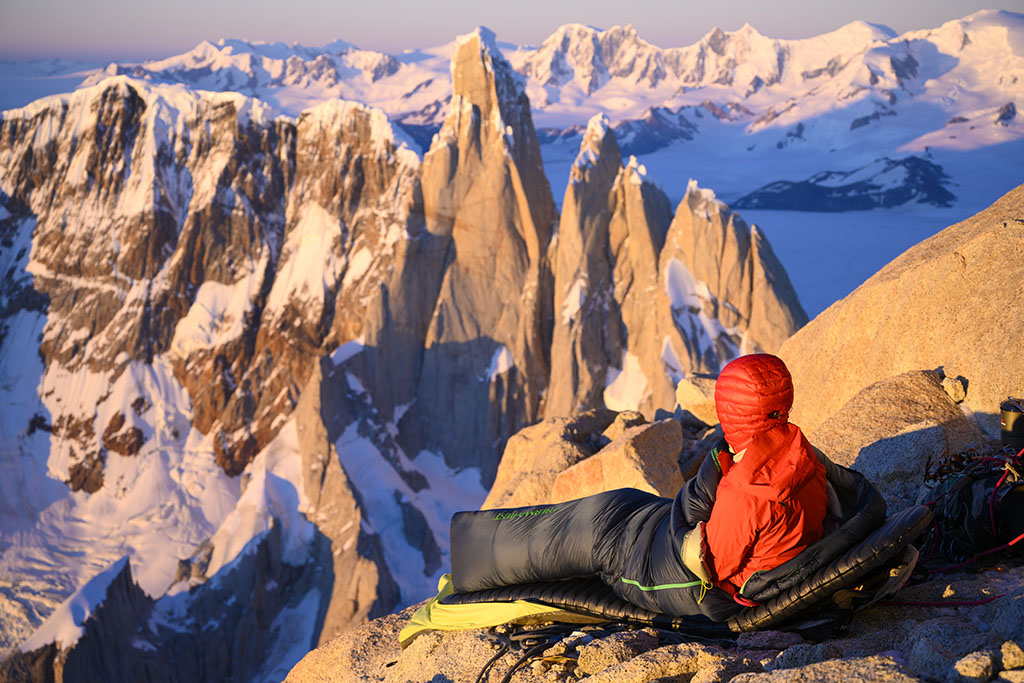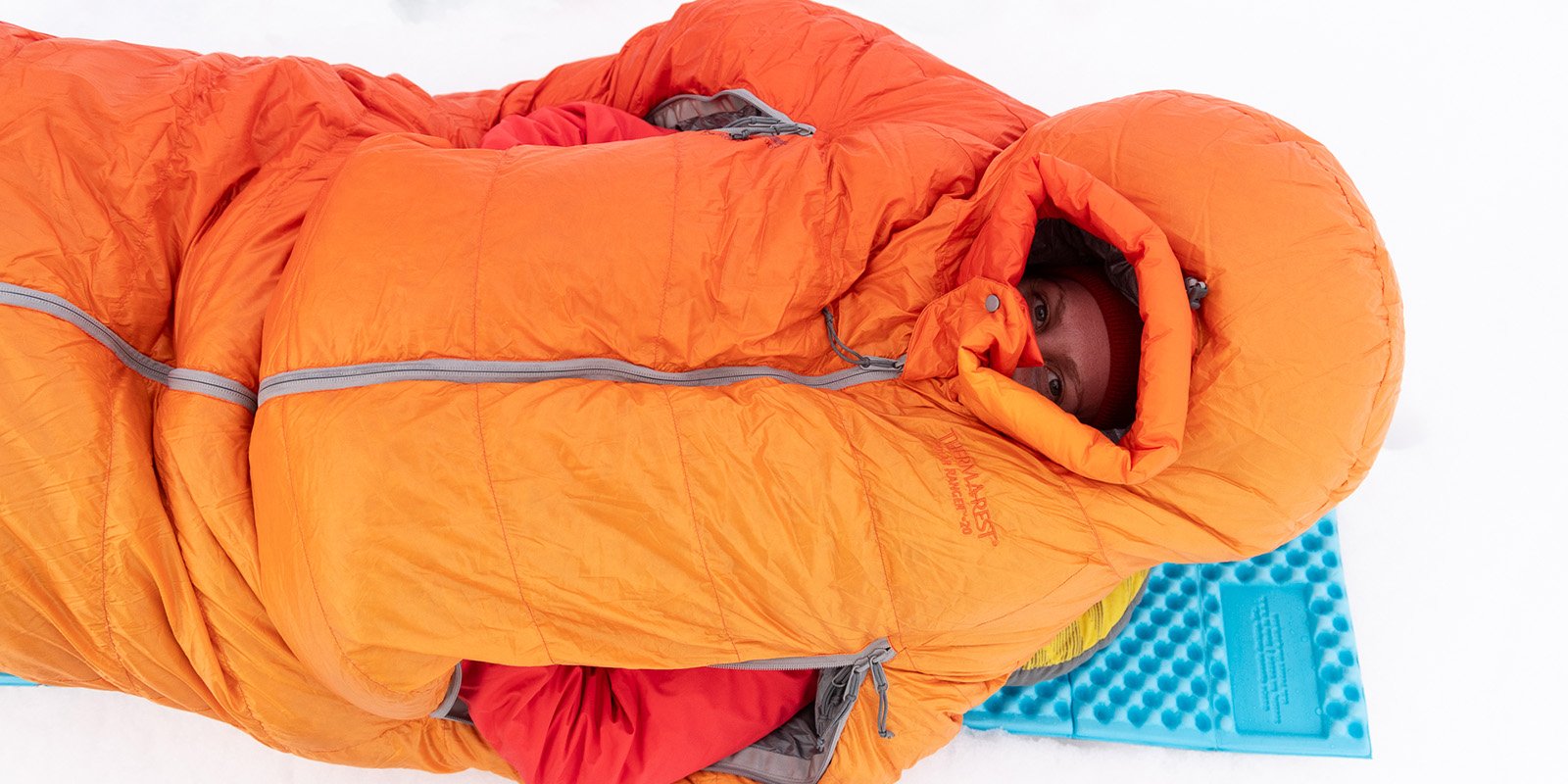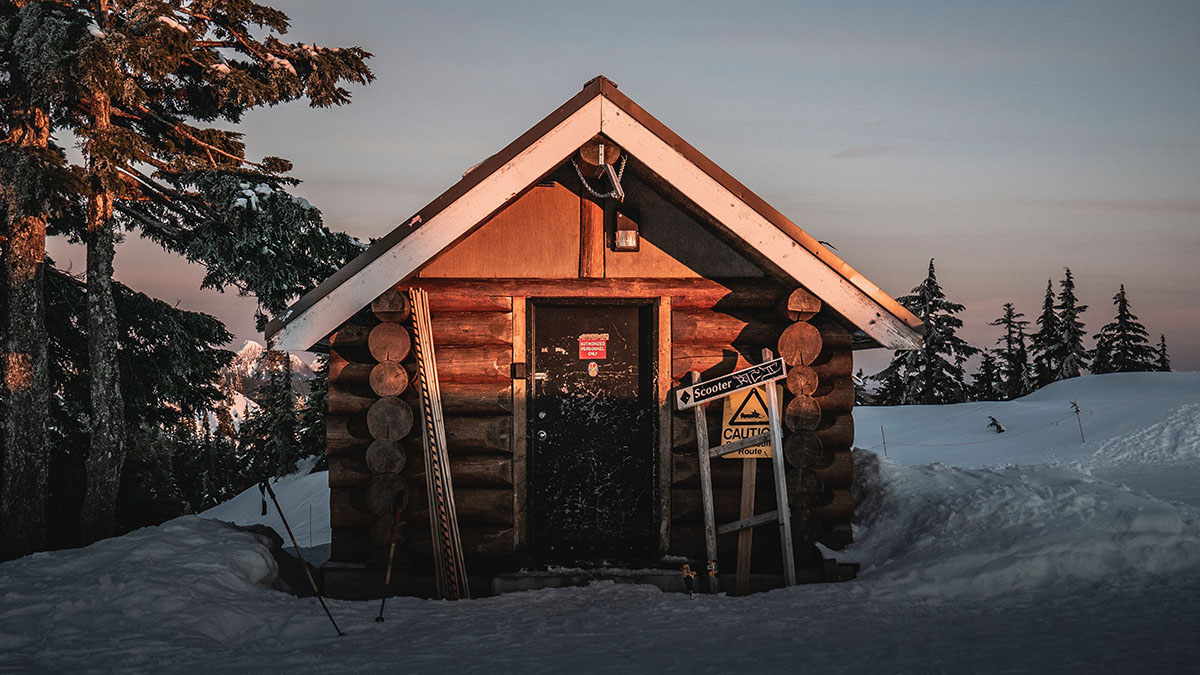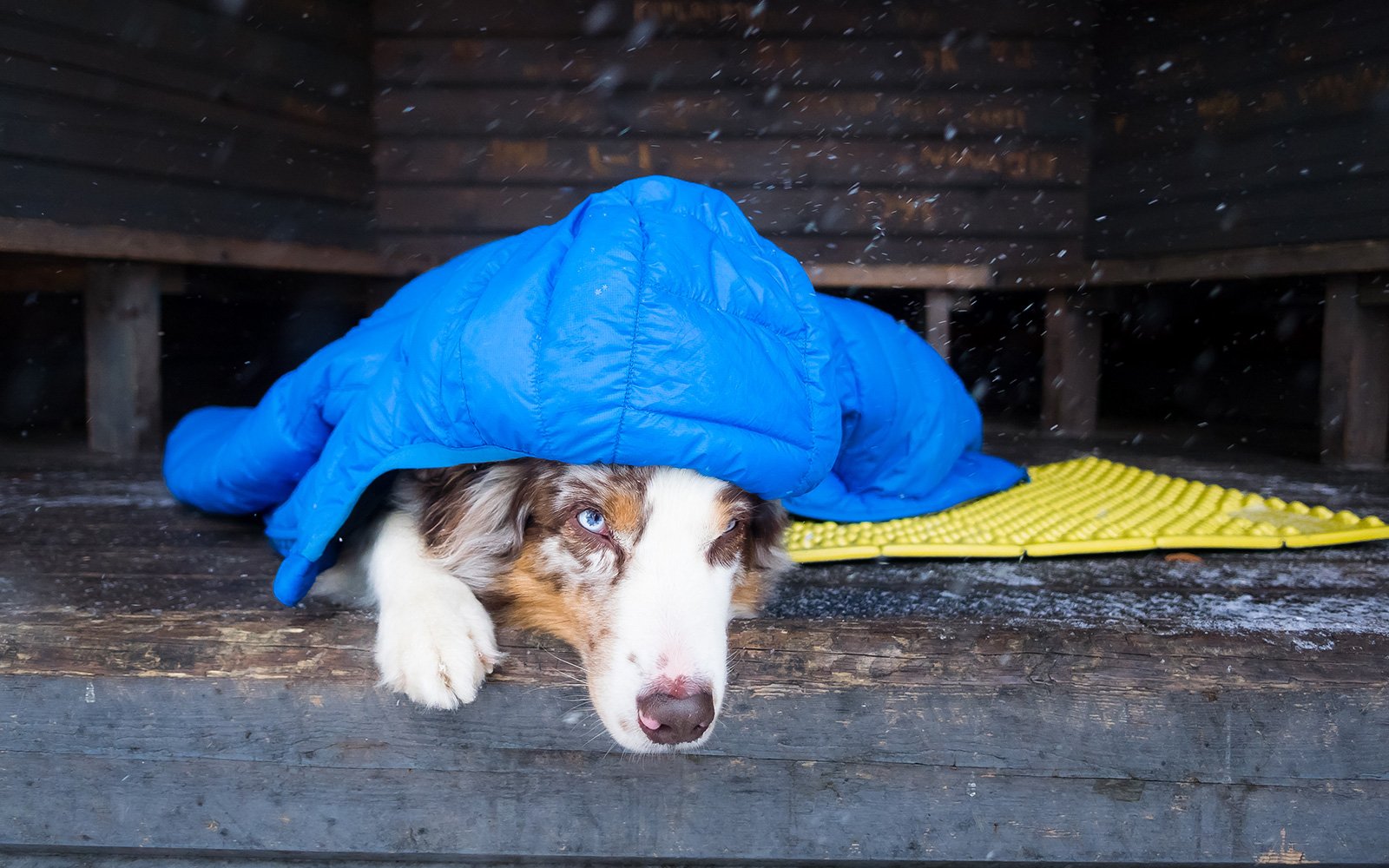Winter in Yellowstone is not to be missed, so it makes sense that the whole Yellowstone and Bozeman region has awesome winter adventure opportunities. Truly though, this is no secret. In fact, there is a rich history of winter adventure in the area. Two hundred years ago this part of the country was inhabited by several indigenous cultures and explored by men who mostly worked, traveled, and lived alone in the mountains and valleys of Montana, Wyoming, and Idaho–for years at a time. Between the indigenous peoples and the Mountain Men, there is a fascinating legacy of adventures that can be re-traced and allow you to peer back in time through the lens of adventure.
Over the years I’ve had many adventures in the Yellowstone and Absaroka Beartooth Wilderness region in all four seasons. I’ve hiked, biked, camped, skied, floated, boated and fly fished my way from the Tetons to the Canadian border. Here are a few of my favorite winter activities and a little regional history to keep them in perspective.
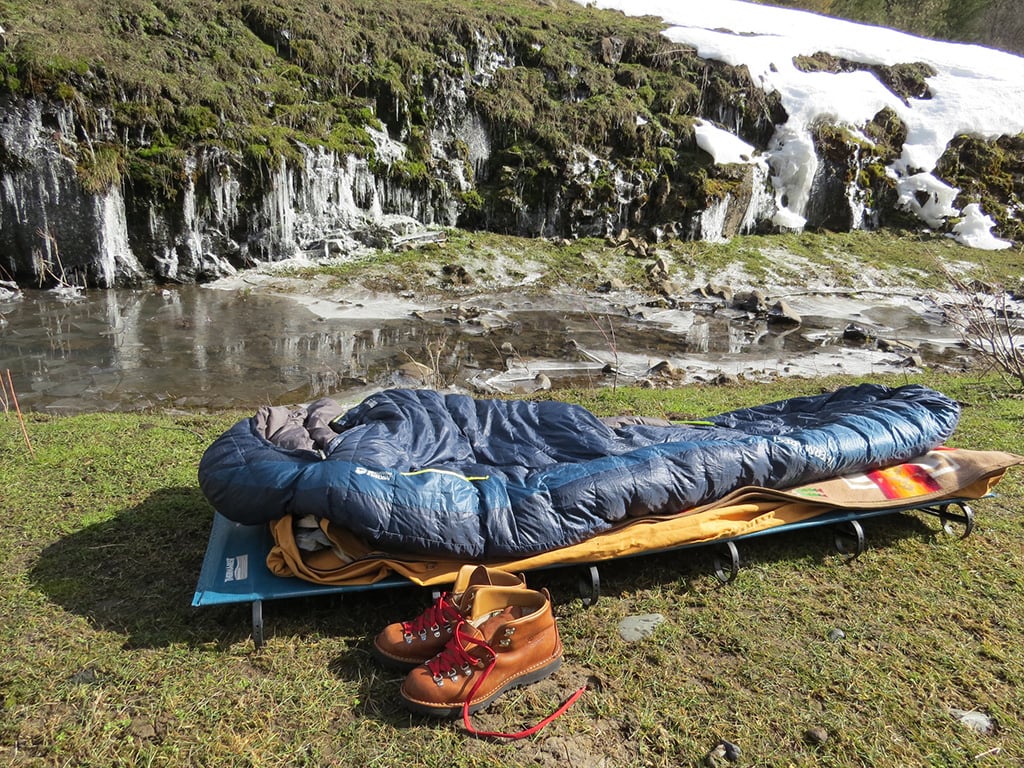
Livingston – Gateway to Yellowstone
One of the most famous trapper-traders in the Yellowstone area was Jim Bridger. He first explored southern Montana and Wyoming in the early 1800’s and followed in the footsteps of Lewis and Clark. Bridger was famous for his ability to map areas, and is credited with charting a number of trails and paths that would prove to be invaluable to the emigrants traveling west on the Oregon Trail. The small town of Livingston, MT embodies the history of that era and was established in the mid 1800’s as the “Gateway to Yellowstone” by the Northern Pacific Railway.
A number of activities and landmarks are named for Bridger including; Fort Bridger, Wyoming; Bridger, Montana; Bridger Mountains (Montana); Bridger Wilderness; Bridger Bowl Ski Area; Bridger-Teton National Forest; and Bridger Pass.
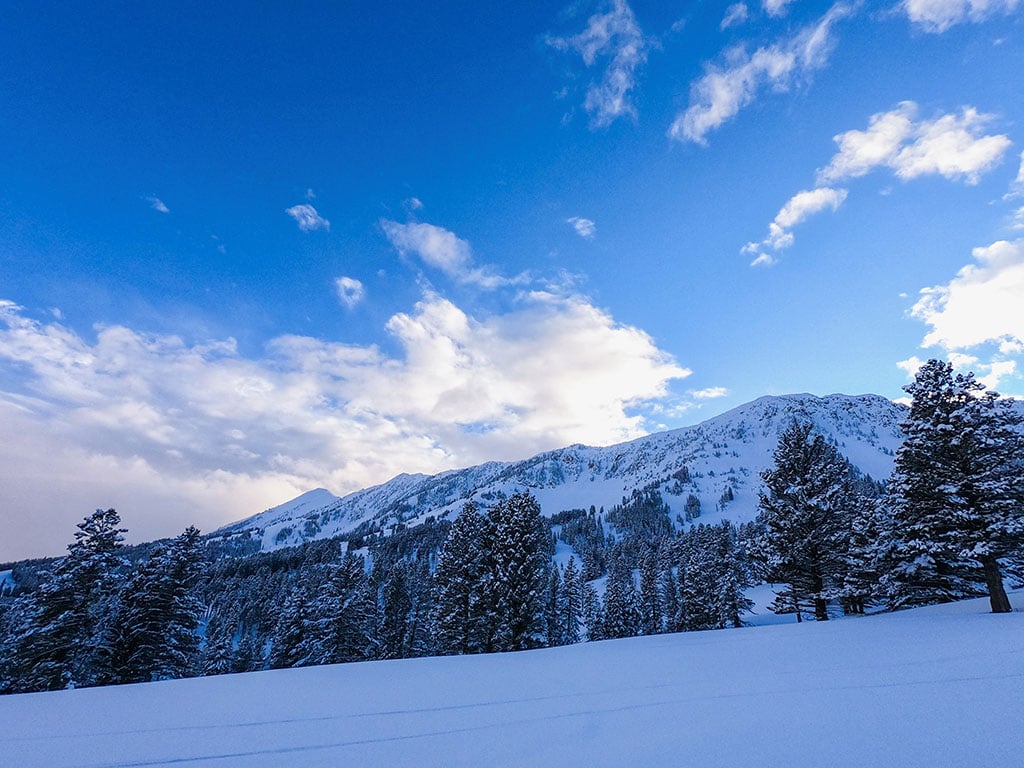 Photo by Walker Milhoan
Photo by Walker MilhoanWinter weather permitting, check out Bridger Bowl for alpine and cross country skiing. It’s located approximately 30 miles northwest of Livingston and open from mid-December to mid-April (depending on snow-pack). If snowmobiling appeals to you, contact Alpine Yamaha Motorsports on mainstreet in Livingston for snowmobile and ATV rental.
If the weather is too wintery for outdoor adventures, check out these indoor adventures in Livingston: Yelllowstone Gateway Museum, Livingston Depot Center, Flyfishers International are all open year-round.
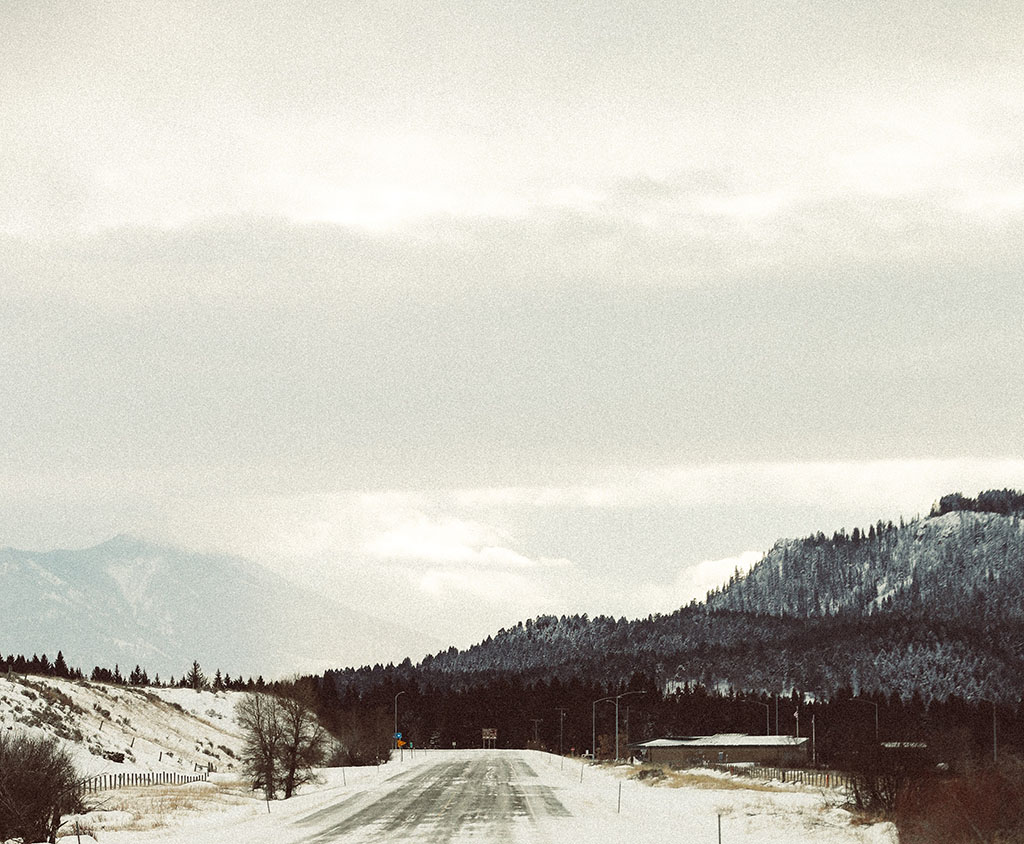 Photo by Jack Murrey
Photo by Jack MurreyBozeman, MT
The city is named after John M. Bozeman, who established the Bozeman Trail, an offshoot of the Oregon Trail, and was a founder of the town in August 1864. Before it was a city, it was home to First Nation nomads. For thousands of years the Shoshone, Nez Perce, Blackfeet, Flathead, Crow Nation and Sioux traveled through the area they called the “Valley of the Flowers”, following the migration of the bison and living off the land. Today, there are all sorts of options for winter adventure in the same valley, the Gallatin Valley.
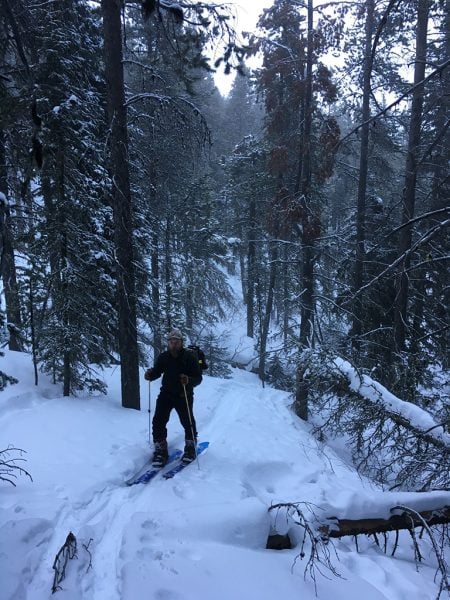
The Bozeman area is nationally recognized as having some OUTSTANDING cross-country ski venues that offer some of the best trails in North America. Three of the very best are: Crosscut Mountain Sports Center just outside of Bozeman, Lone Mountain Ranch near Big Sky, and Rendezvous Ski Trials near West Yellowstone.
For the vertically inclined winter adventurer, Hyalite Canyon (45 minutes south of Bozeman) is a legendary ice climbing area. With over 150 ice routes in less than 3 square miles, it is one of the most concentrated natural ice climbing venues in North America.
While there are many cabins for rent in the Gallatin National Forest just south of Bozeman, there is only one watch tower fire lookout in the area that is available for overnight stays year round. It’s the Garnet Mountain Lookout and it’s less than twenty miles from Bozeman, deep in the wilderness and high above the rest of the state.
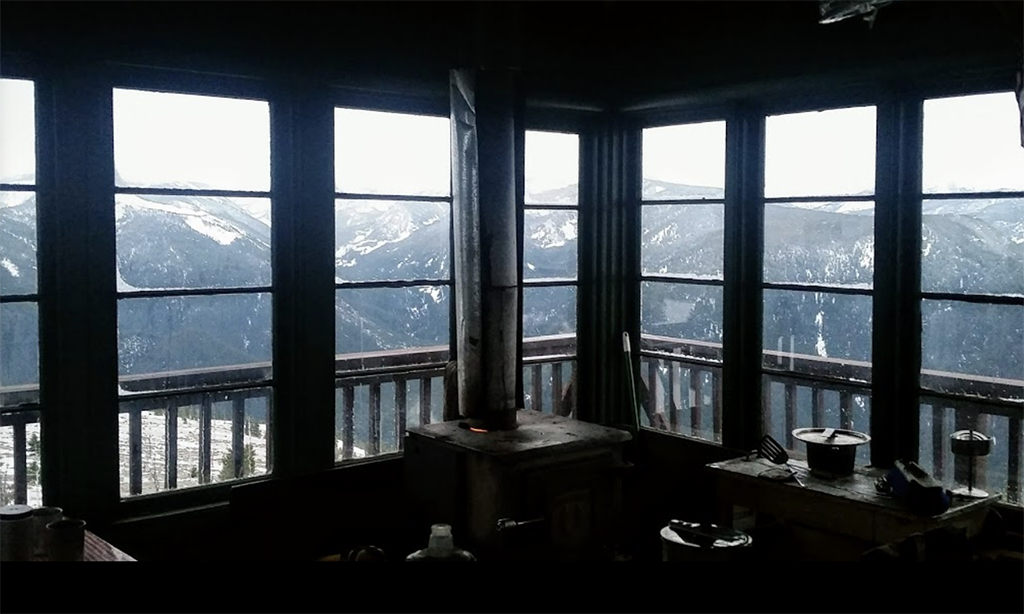
It’s rustic sleeping at it’s best – there is no running water or electricity but it has a wood stove for cooking and heat, sleeps 4 on bunk beds with mattresses, and requires that you pack in some gear for a comfortable stay. Firewood is provided. There are two trails to get there in the winter and access is by foot, ATV, snowshoe, cross country ski, snowmobile, or snow cat. The trail is approximately 10 miles to the lookout from the most popular access point via Storm Castle Creek and Rat Lake Roads. The winter view from the Lookout is worth the effort.
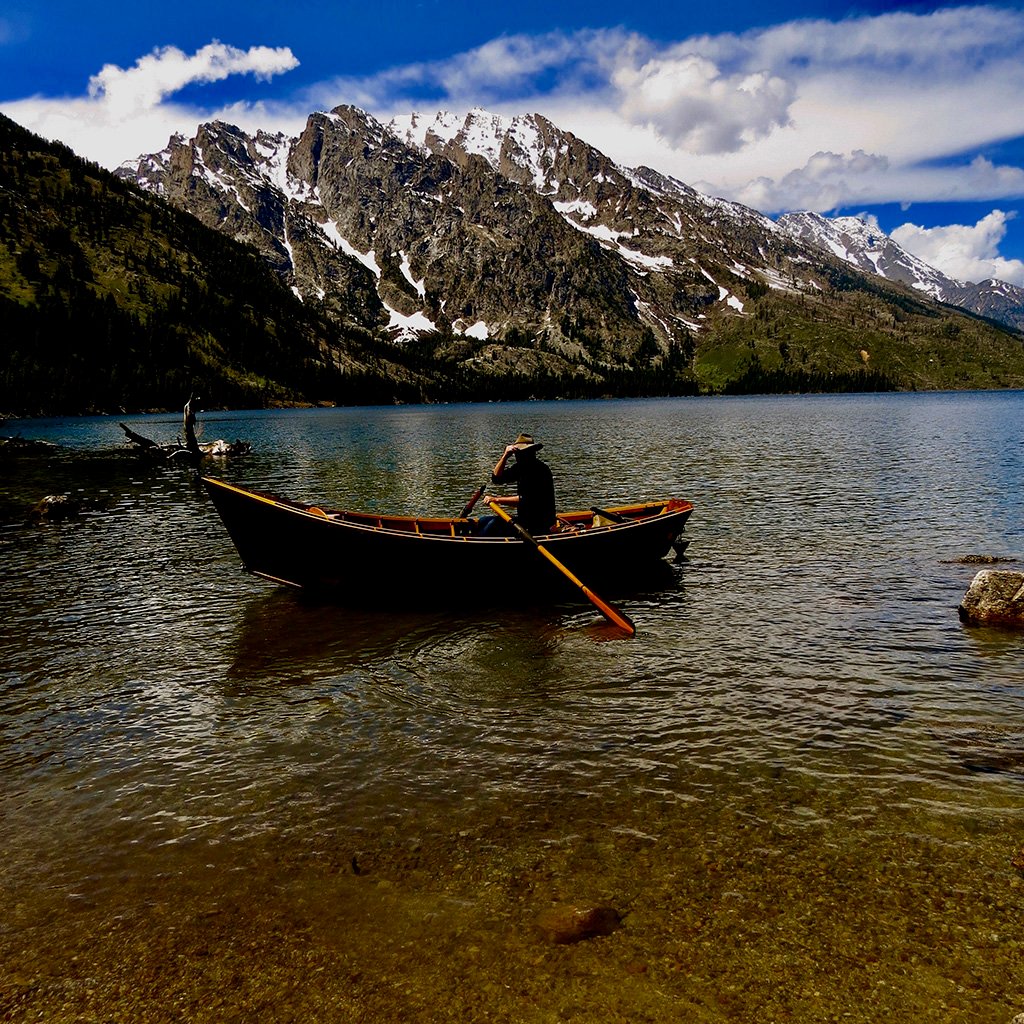
Missouri River Headwaters
Just a few miles northwest of Bozeman, Montana is a place where three rivers (Jefferson Madison, and Gallatin) merge to form the headwaters of the 2,300 mile Missouri River near Three Forks Montana.
The area of the headwaters and the nearby town of Three Forks has some of the most colorful legends and early day history of any region in Montana. The headwaters area was a natural crossroads and important hunting ground for various Native American tribes, such as the Blackfeet, Shoshone, Flathead, and Crow, generations before Lewis and Clark arrived. The nearby Madison-Buffalo-Jump state park is a site where buffalo were hunted until about 200 years ago is and is open year-round.
Sacagawea, the indigenous woman who was interpreter and guide for the Lewis and Clark Expedition, was captured as a child near the headwaters in 1800. She was taken by the Mennetaree tribe to the Mandan Village in the Dakota Territory. Upon returning with the Lewis and Clark expedition, she recognized this area and knew she was nearing her homeland.
Nearby Missouri-Headwaters State Park preserves the historic place where Lewis and Clark camped at the confluence of the three rivers. In the winter the campground and hiking trails can be used provided you have the right equipment. Fishing and floating are in abundance here, and knowledgeable anglers know that winter is an excellent time to fish. Fewer crowds means less pressure and more scenic river to yourself. However, be sure to stop by a fly shop in Bozeman to talk strategy about catching fish while they conserve energy and feed less actively.
Indoor accommodations include Sacajawea Hotel which was originally built in 1910. Elegantly refurbished in 2010, it’s open year round and offers fine dining and luxury accommodations in a historic building. Located in Downtown Three Forks, the Hotel is a welcoming stop for history buffs and outdoor enthusiasts looking for winter adventure without exposure to the punishing cold.
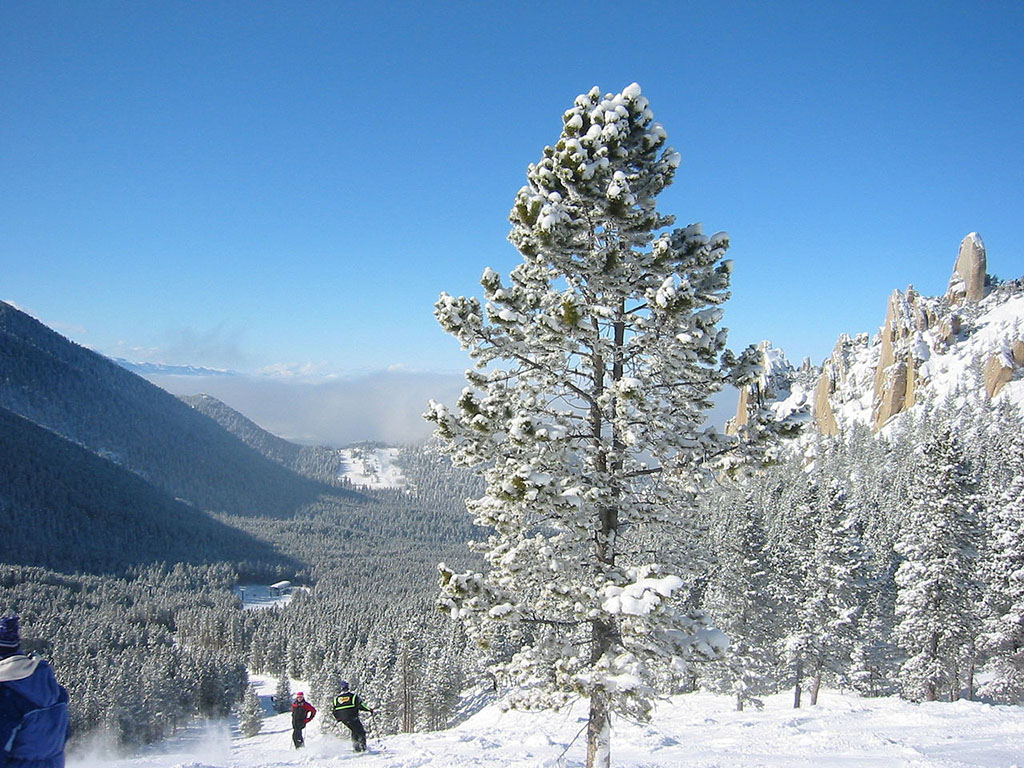 Photo by Elkman
Photo by ElkmanExplore the tiny town of Red Lodge, MT
The town of Red Lodge is perfectly situated as a base camp with many “spokes” heading to winter adventures in all directions. It’s a rustic yet “hip” hangout with great little bistro’s, coffee shops, and breweries for after hours adventure planning. If downhill or cross country skiing is your thing – some exquisite skiing in Montana can be enjoyed at Red Lodge Mountain, right next to the city itself. There are a number of other winter activities to enjoy in the area as well.
One can snowshoe along miles and miles of trails, ice skate on the community ice rink, ice fish in nearby lakes and even sleigh ride. If you catch the tail end of winter – the Red Lodge Carnival in early March is winter activity “headquarters” with events every day and night throughout the week. These include moonlight cross country ski outings, all sorts of activities at the Yellowstone Wildlife sanctuary, and the exciting National Finals of Skijoring – which should be seen at least once in a lifetime.
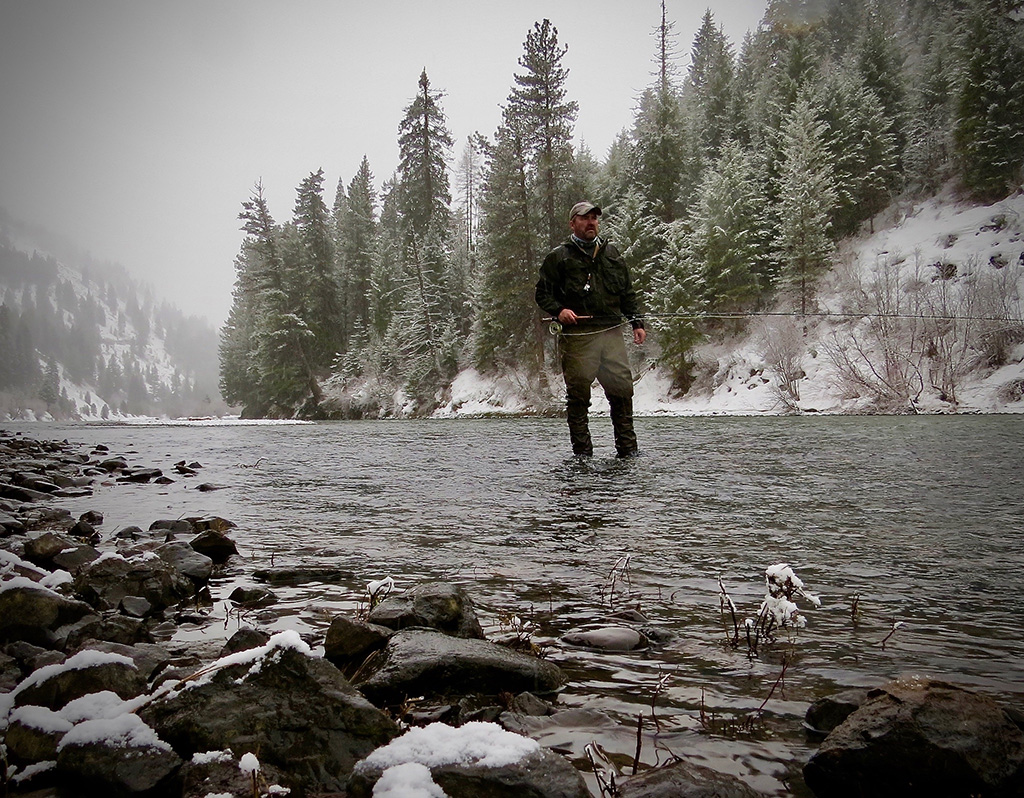
Wild and Scenic Rivers
There are only 208 rivers in America with Wild and Scenic Rivers designation–which is the nation’s strongest form of protection for rivers–and Montana has three of them – the Flathead River, Upper Missouri River Breaks, and East Rosebud Creek. East Rosebud Creek, just south of Bozeman, is one of the newest additions (2018) to the list of Wild and Scenic waterways and a tributary of the Yellowstone River.
It flows through the Absaroka-Beartooth Wilderness and has a number of great winter activities to enjoy. Cross Country skiing and snowshoeing are two of the most popular ways to explore the East Rosebud Creek area. If you want to explore the backcountry – rent a snowmobile for access to some of the most remote areas of the Beartooth wilderness. If the weather allows, fly fishing, kayaking, and camping along the Rosebud, Yellowstone, or Bighorn Rivers is incredibly scenic and breathtaking.
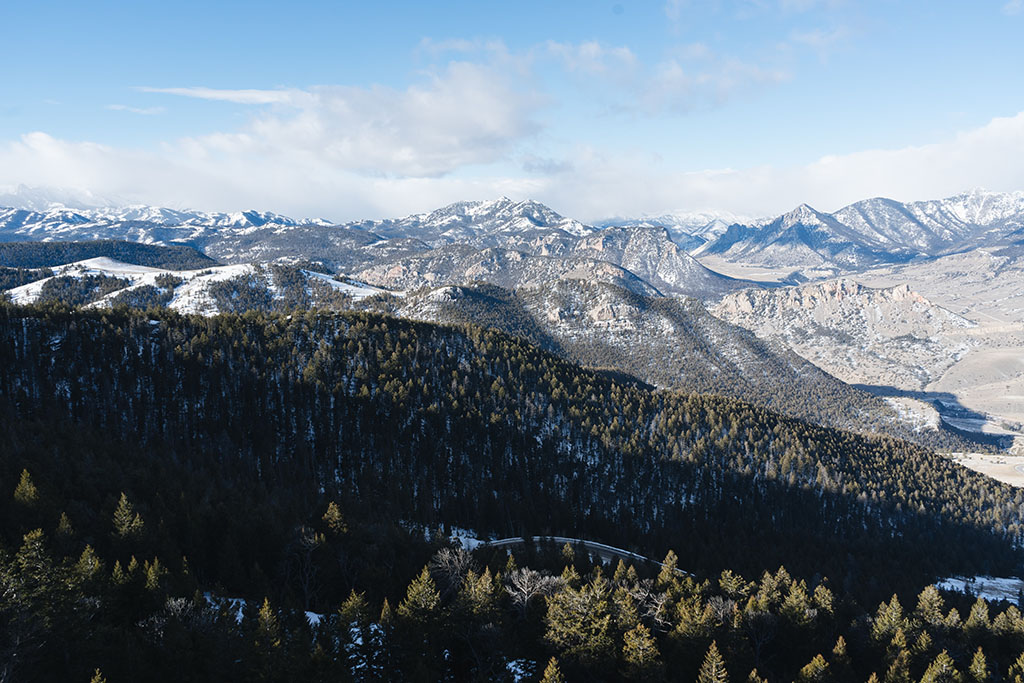 Photo by Tevin Trinh
Photo by Tevin TrinhYellowstone National Park
In the winter this park has a different personality. The average snowfall is around 150 inches but can reach as high as 300 or 400 inches at higher elevations. While the park is incredible in every season, winter in Yellowstone unveils the majestic side imagery of steaming geysers, bountiful wildlife, and dramatic snow covered trees and meadows.
In the winter of 1807-1808, the adventurer, John Colter, as a member of the Lewis and Clark Expedition, embarked on a solo assignment to explore and establish trade with the indigenous tribes in the region. The result was a map of the 500 mile area and a description of the natural wonders of Yellowstone that were almost too incredible to be believed by folks back east. Often referred to as Colter’s Hell because of the geyser activity and numerous hot springs, his map of the area was remarkably accurate and forever associated his name with the Yellowstone region.
The Northern Range is the only area of the park accessible by automobile year-round but there are other park access points for snowmobiles, snowshoe hikers, and cross country skiers. This region is one of the best places in the world to view wolves and other wildlife in their natural habitat.
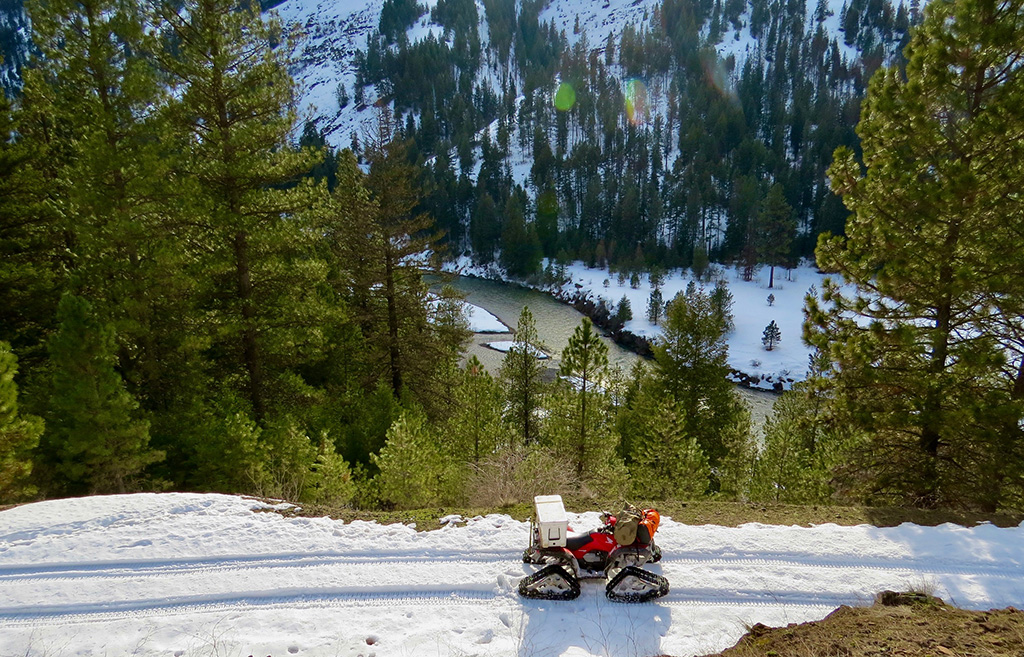
One of the most popular winter activities in the park is snowmobiling – here’s a list of the authorized snowmobile rental facilities that can help you make the most of winter in Yellowstone. You will not only be able to rent all the equipment needed, but access designated trails and maps to help you plan your adventure in the park.
Another popular way to experience the park in winter is on a pair of cross-country skis.
The Yellowstone Forever Institute can help you learn the basics through a private tour or field seminar. You can also rent ski gear in Mammoth Hot Springs and take a lesson with Yellowstone National Park Lodges. If you’re able to ski without a lesson, here are some top trail picks.
If snowshoes are more your style, here’s a guide to snowshoeing in Yellowstone.
A popular outdoor activity in winter that can be combined with cross country skiing or snowshoeing is wildlife photography. One of the best workshops / tours is offered by Franz Foto but there is limited availability so booking well in advance is advised.
Final Thoughts
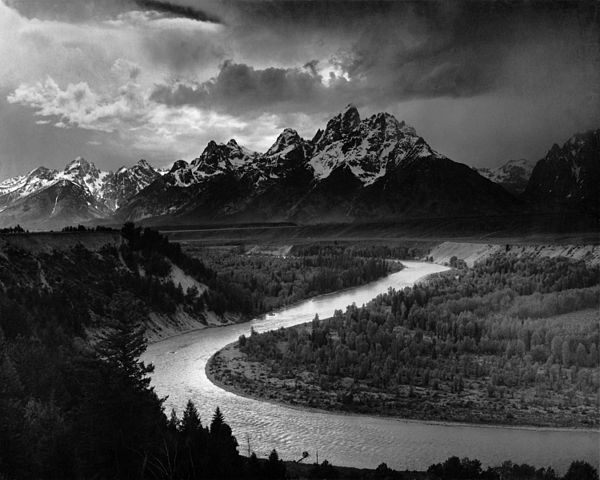
In 1873, a steamboat called the Josephine made its first of many trips up the Missouri to the Yellowstone River from St. Louis – over 2,000 miles away. It’s well known that the Josephine went farther up the Yellowstone River than any other steamboat, going all the way above Pompey’s Pillar, a remarkable feat in that era of river travel.
On a recent early spring river trip on the Yellowstone, I floated a three day stretch of river and concluded the trip at Pompey‘s Pillar so I could have a closer look. It’s a 200 foot tall rock outcrop that towers over the river about 30 miles east of Billings, and was named after Sacagawea’s son “Pompey”. It’s a historic landmark that was used by indigenous tribes, mountain men, and pioneers over the years.
The view from the top of the sandstone pillar overlooking Yellowstone Valley is spectacular. From that point of view it felt I could see back into history. Across the unfolding landscape I could trace my passion for winter adventure and envision the precedent of discovery that the indigenous peoples and pioneers laid down. Winter in the Yellowstone and Bozeman region is unlike anywhere else in the world.
